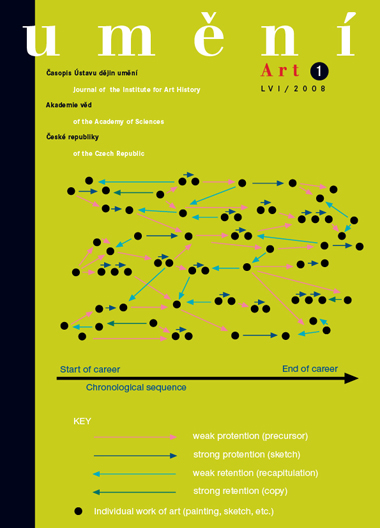Anja K. Ševčík
Philippe de Champaigne -'bon peintre et bon chrétien': A Story of Discovery
In the year 2000 the Moravian Gallery in Brno acquired from a private Czech owner the exceptionally high-quality Portrait of a Lady by an anonymous 17th-century artist, which was completely unknown in the art historical literature. The article first summarises the problems of attributing the picture and the attempts to identify it. On the basis of a second version of the portrait in the Bowes Museum, Barnard Castle, England, and a draft drawing in the Metropolitan Museum New York, the picture in Brno is identified as the work of the most important French portraitist in the first half of the 17th century, Philippe de Champaigne (1602-1674), originally from Brussels, and is described as a portrait of his wife Charlotte Duchesne (1613-1638). With the exhibitors being unaware of the Brno version, the painting from the Bowes Museum was recently exhibited at the exhibition Philippe de Champaigne. Entre politique et devotion, Lille - Geneva 2007-2008 as the only original realisation of the New York draft drawing to have been preserved. However, a comparison of the quality of the two paintings shows the superiority of the Brno picture and makes it appear that the English version is a copy or a workshop reproduction. The portrait is presented as an eloquent testimony to Champaigne's artistic views and his naturalistic persuasive power. The picture is also analysed as a rare record of the artist's private milieu, his recorded faithfulness to his wife even after her early death, and his piety. Finally, against the background of the spirituality of the Jansenist Port Royal convent, with which Champaigne was closely connected, the possibility is considered that the portrait might be a posthumous one.
Full-text in the Digital Library of the Czech Academy of Sciences:
https://kramerius.lib.cas.cz/uuid/uuid:65b7f104-73c4-2e43-f258-0f3b4a4d78f5
< back

